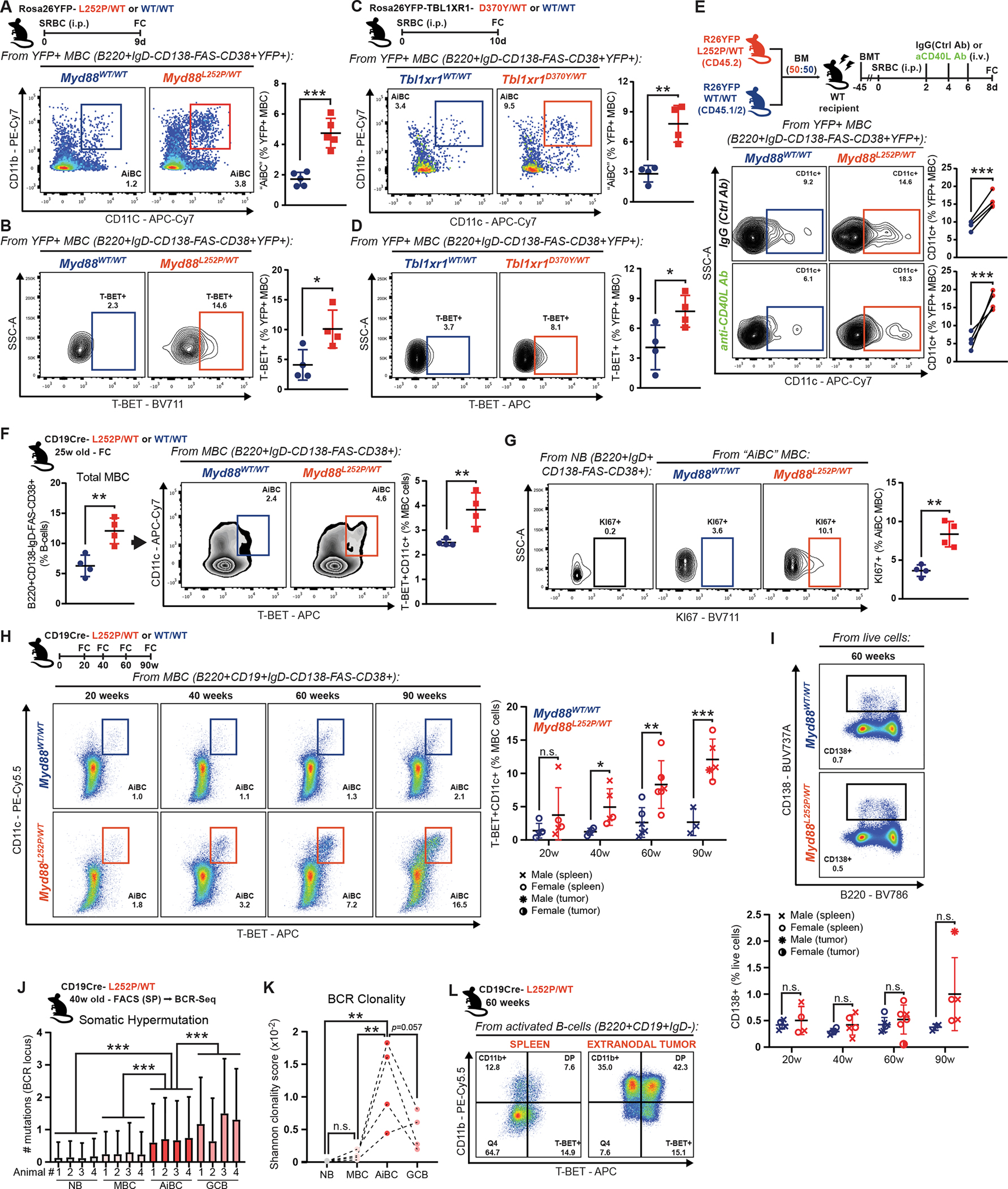Figure 6. MCD mutations cause a cumulative expansion of AiBC-like MBCs.

A-D, FC analysis of (A, C) CD11b+CD11c+ or (B, D) T-BET+ YFP+ MBC.
E, FC analysis of CD11c+ YFP+ MBC.
F, FC analysis of (left) total or (right) T-BET+CD11c+ MBC in non-immunized young animals.
G, FC analysis of Ki67+ AiBC-like MBC in mice from (F). NB illustrate non-proliferating cells.
H, FC analysis of splenic T-BET+CD11c+ MBC in non-immunized mice. Tumor samples are plotted but not considered for statistical analysis.
I, FC analysis of CD138+ cells in animals from (H).
J, BCR mutation burden in splenic B-cells. Values = mean ± SD.
K, Clonality based on productive VDJ combinations. Datasets were down-sampled to a common minimum, to prevent size-based bias.
L, FC analysis of T-BET and CD11b expression in activated B-cells from the spleen or extranodal tumor from an animal in (H).
Values represent mean ± SEM. P-values calculated using unpaired (A-D,F,G-J) or paired (E) two-tailed Student’s t-test with the two-stage step-up method of Benjamini, Krieger and Yekutieli where applicable; or a Kruskal-Wallis test (J,K).
